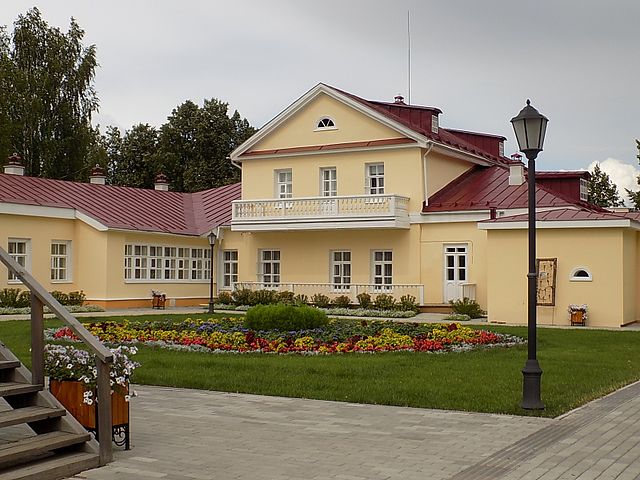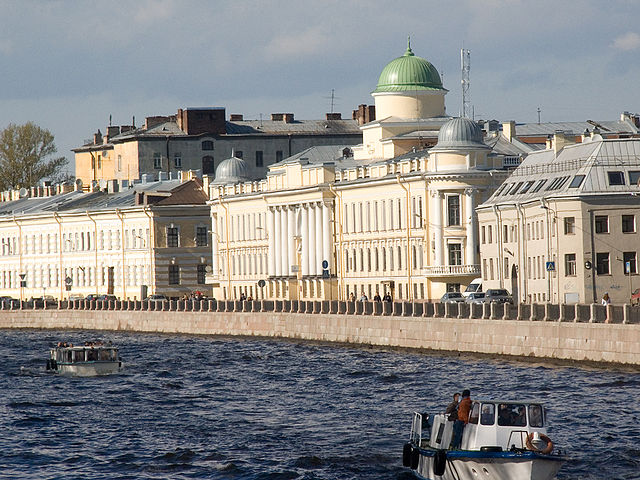Romeo and Juliet (Tchaikovsky)
Romeo and Juliet, TH 42, ČW 39, is an orchestral work composed by Pyotr Ilyich Tchaikovsky. It is styled an Overture-Fantasy, and is based on Shakespeare's play of the same name. Like other composers such as Berlioz and Prokofiev, Tchaikovsky was deeply inspired by Shakespeare and wrote works based on The Tempest and Hamlet as well.
An 1870 oil painting by Ford Madox Brown depicting Romeo and Juliet's famous balcony scene
Tchaikovsky at the time he wrote Romeo and Juliet
Mily Balakirev around the time Tchaikovsky met him.
The strife theme
Pyotr Ilyich Tchaikovsky was a Russian composer during the Romantic period. He was the first Russian composer whose music would make a lasting impression internationally. Tchaikovsky wrote some of the most popular concert and theatrical music in the current classical repertoire, including the ballets Swan Lake and The Nutcracker, the 1812 Overture, his First Piano Concerto, Violin Concerto, the Romeo and Juliet Overture-Fantasy, several symphonies, and the opera Eugene Onegin.
Tchaikovsky, c. 1888
Tchaikovsky's birthplace in 1840 in Votkinsk, Russia, now a museum
The Tchaikovsky family in 1848. Left to right: Pyotr, Alexandra Andreyevna (mother), Alexandra (sister), Zinaida, Nikolai, Ippolit, Ilya Petrovich (father)
In 1850, at about ten years of age, Tchaikovsky entered the Imperial School of Jurisprudence in Saint Petersburg








